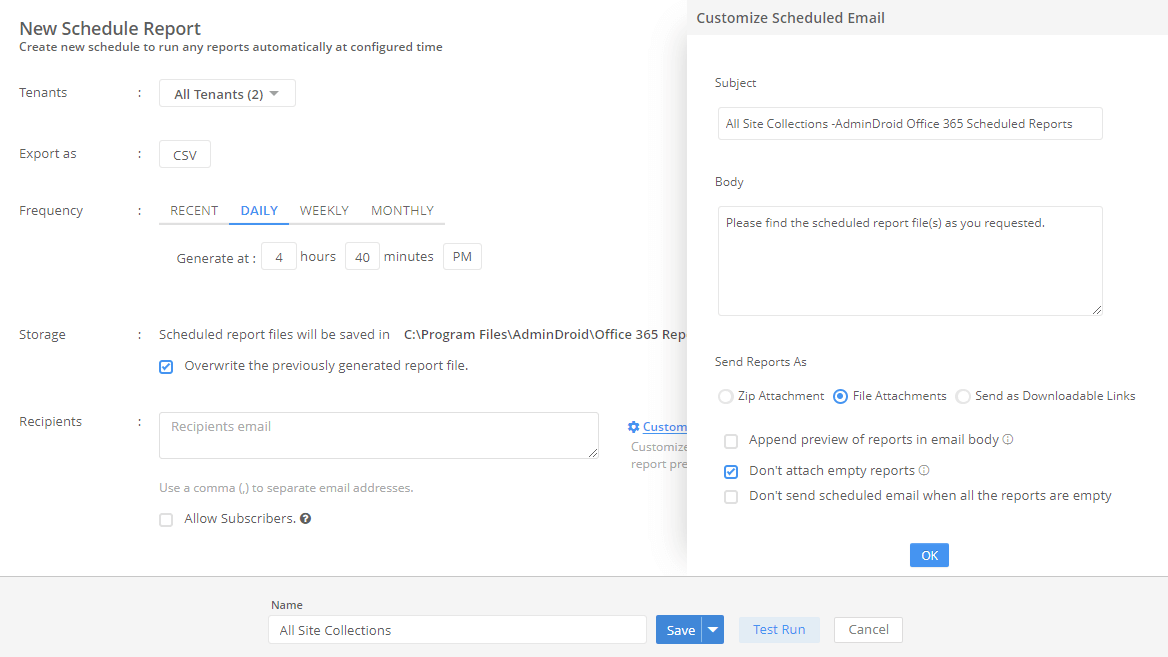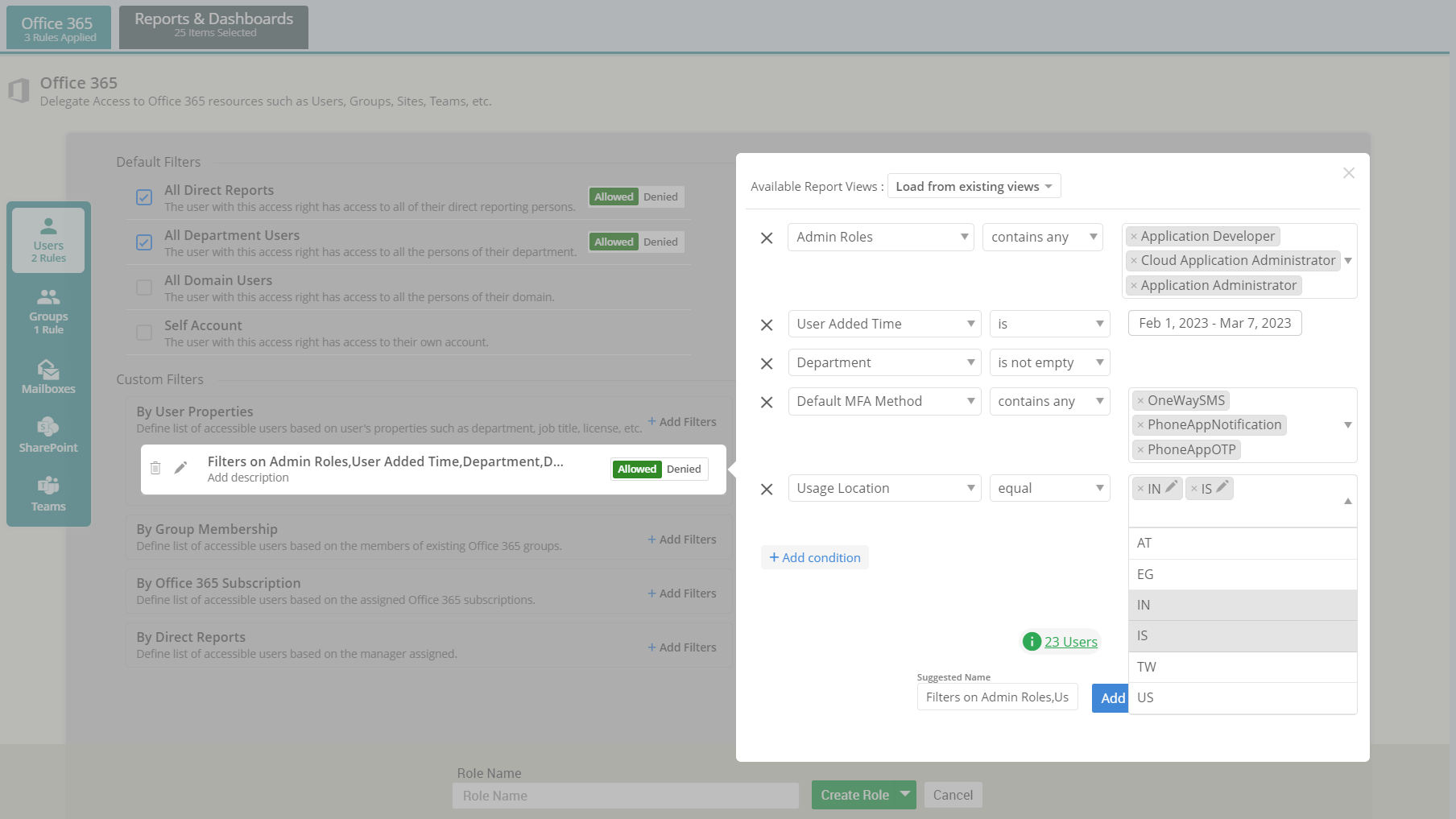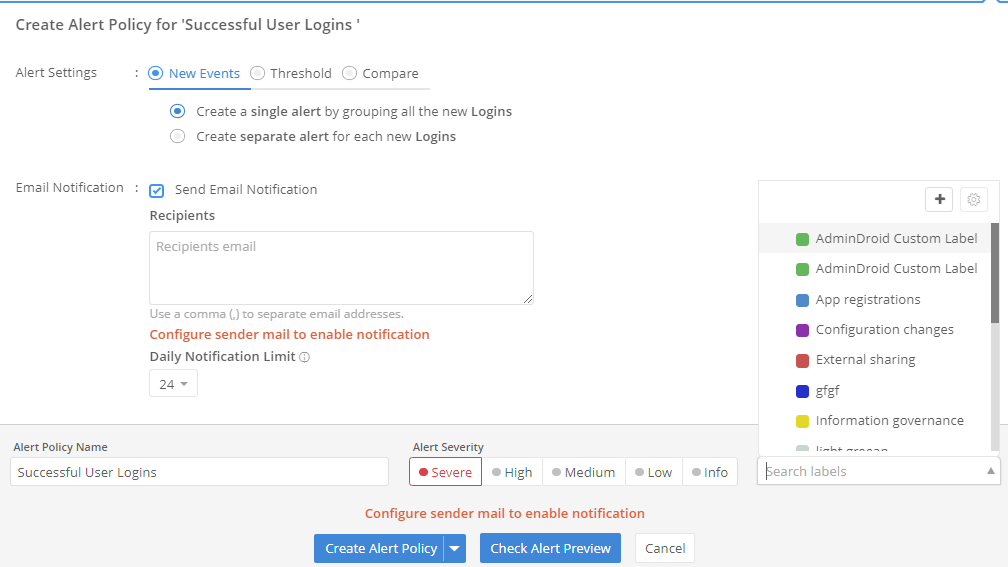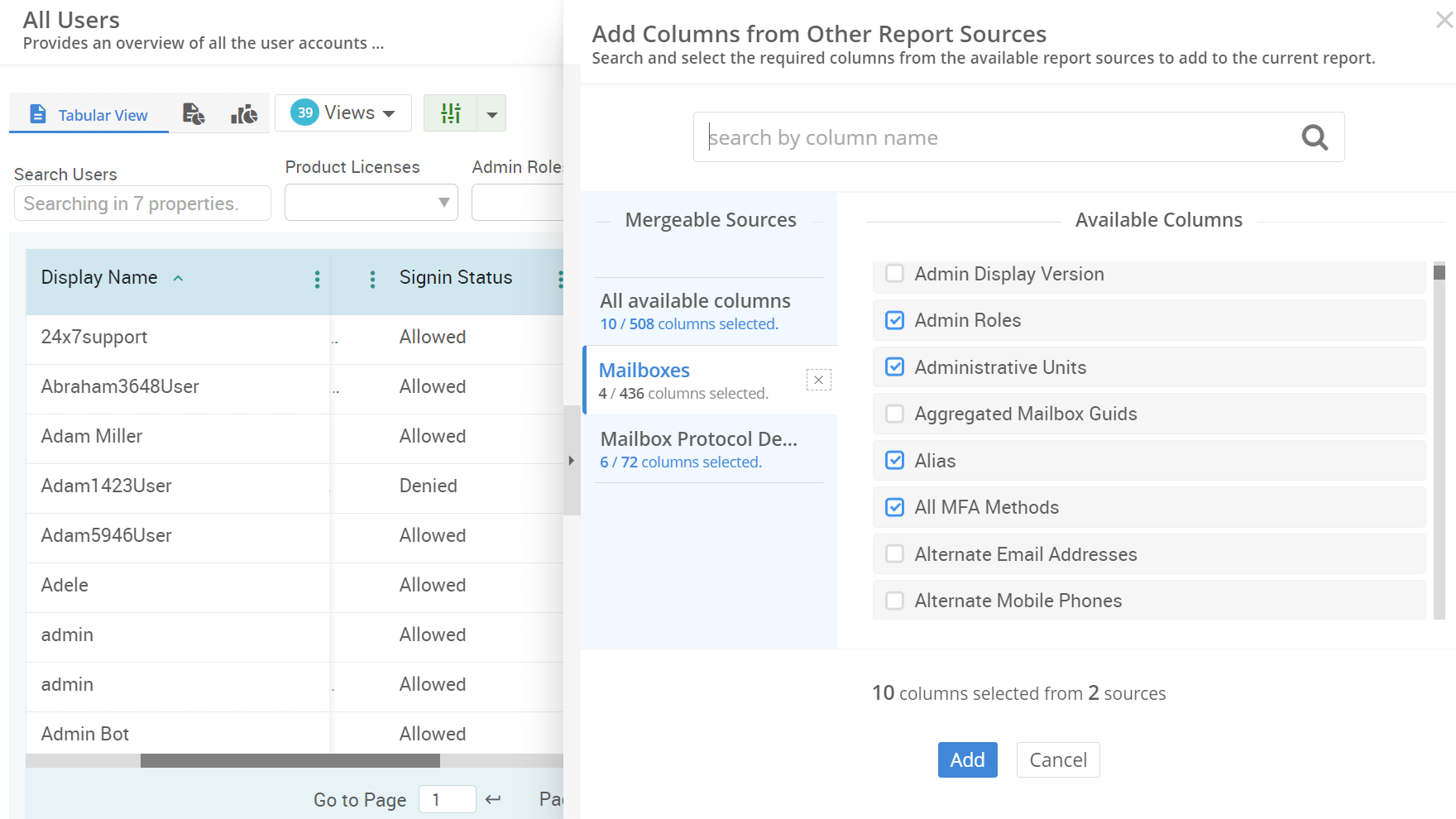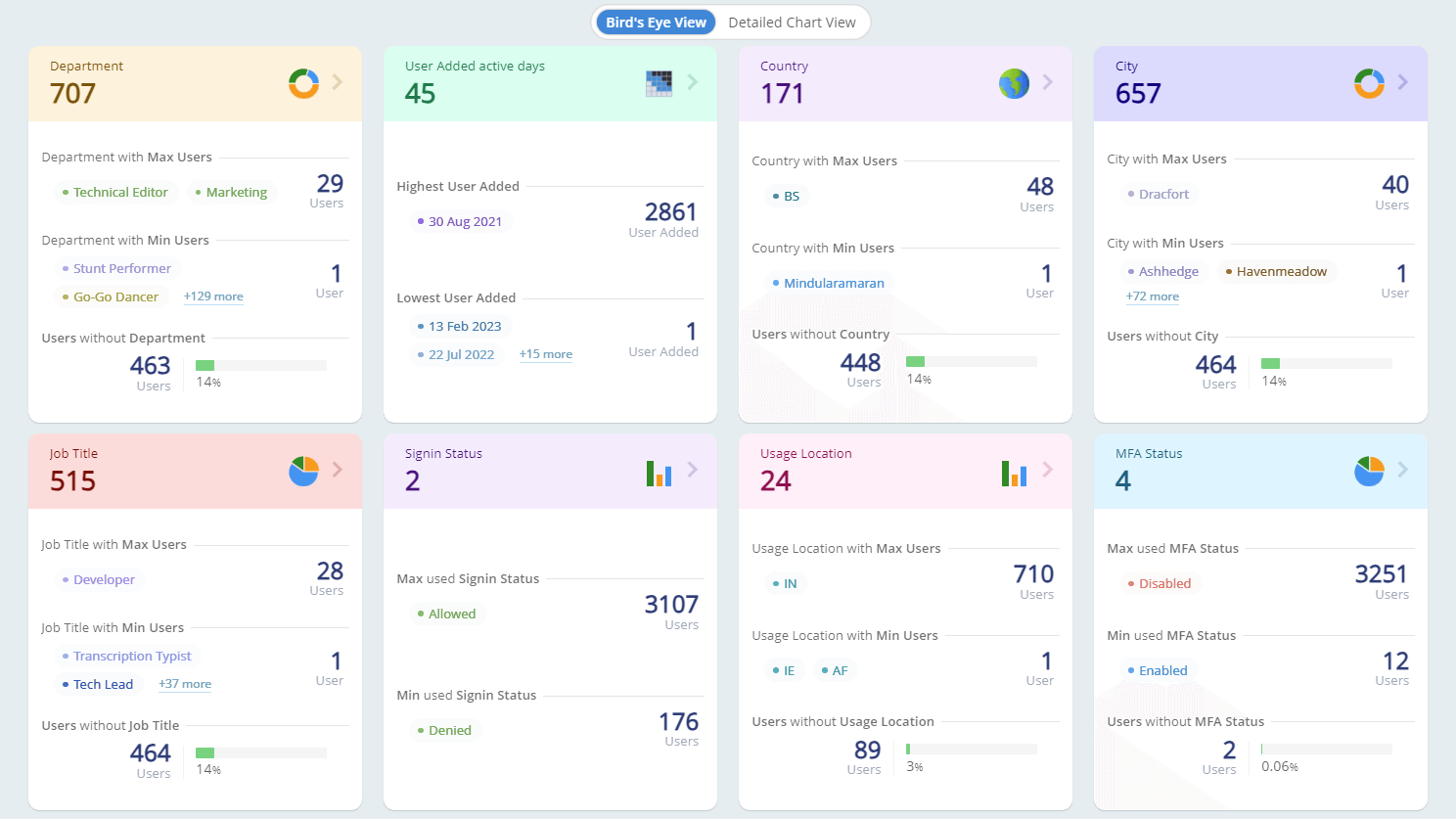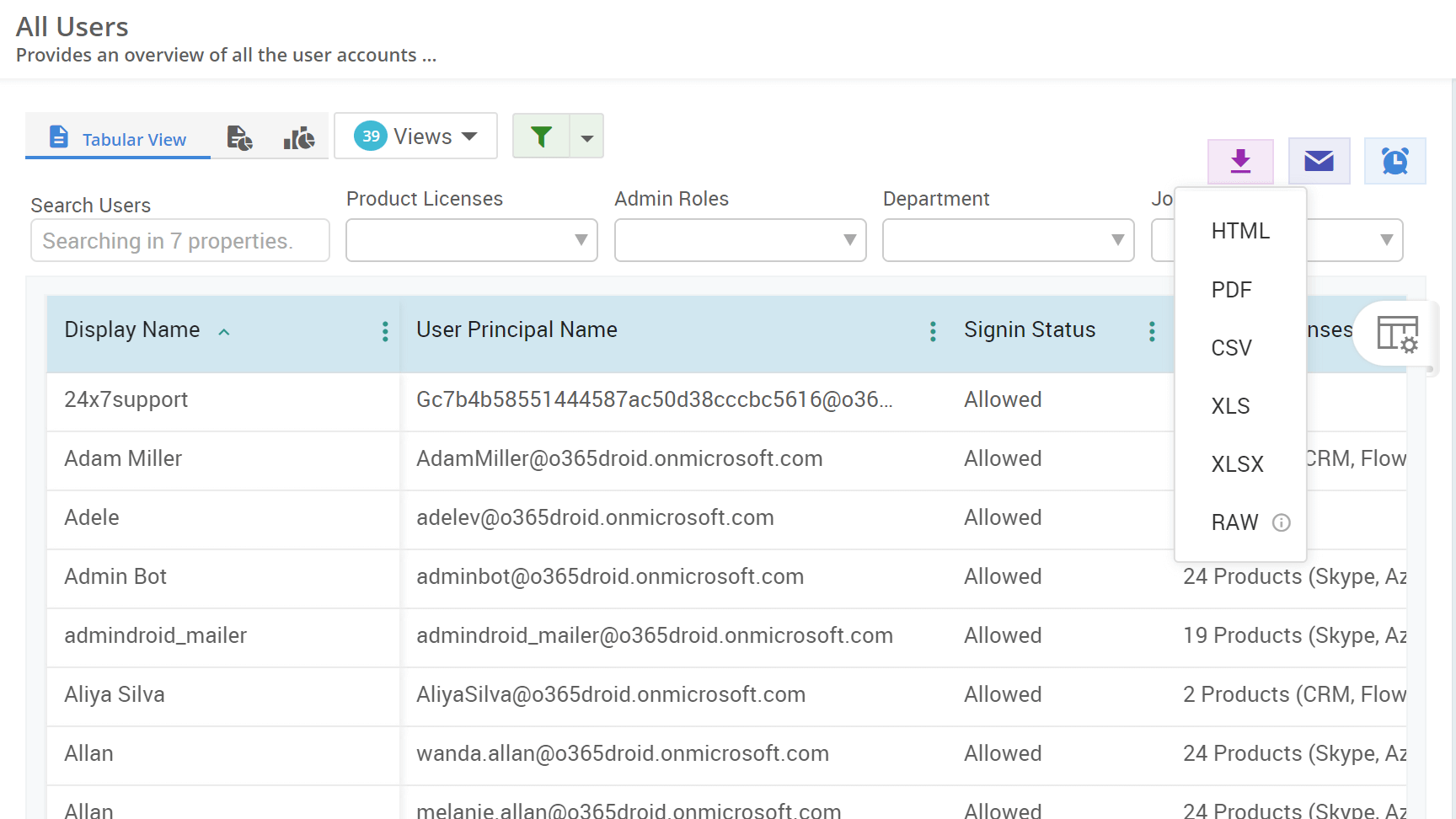How to Get Group Audit Report in Microsoft 365
Microsoft 365 groups are key to seamless communication and collaboration. However, they also come with certain challenges, including unauthorized access & data leaks, and can lead to wasted resources if not managed well. Microsoft 365 group auditing is crucial, providing vital insights into group operations and enhancing security. Discover effective strategies to audit groups in Microsoft 365.











